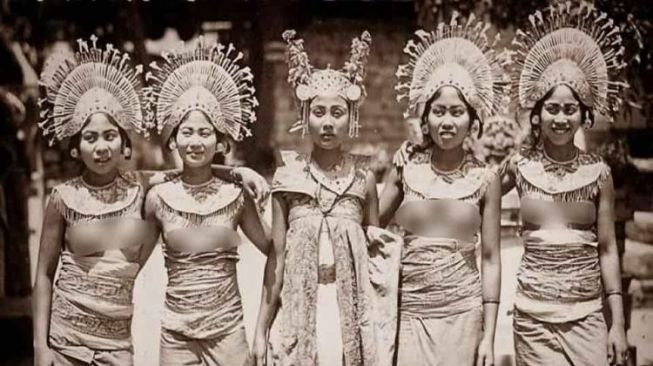The Historical Influence of Dutch Colonialism on Bali

Bali is known for its rich culture, beautiful landscapes, and vibrant traditions. However, the Historical of Bali also includes the lasting influence of Dutch colonialism, which shaped many aspects of the island.
This blog will explore how Dutch rule affected Bali’s politics, economy, and culture, and how it continues to impact Bali today.
A. Bali Before & After Dutch Intervention
Bali Before the Dutch Colonization
Before the Dutch arrived, Bali was an independent kingdom with a strong social and cultural identity. The Balinese people followed Hinduism, which influenced their daily life, art, and rituals. The kingdom had a well-organized society where local rulers governed different regions.
The island was self-sufficient, with agriculture at its core. Balinese farmers grew rice, spices, and other crops to support the community. Everything changed, however, with the arrival of the Dutch East India Company (VOC) in the 17th century.
The Dutch Arrival and Early Encounters
The Dutch began to expand their presence in Southeast Asia in the 1600s. By the 19th century, they had taken control of much of Indonesia, but Bali remained resistant. The Balinese kingdoms were difficult to conquer due to their strong military presence.
Despite this, the Dutch were determined to bring Bali under their control. In the late 1800s, they started enforcing their power through political manipulation and military force.
The Dutch Takeover: The Bali Conquest
The Dutch officially took control of Bali in 1906 after a series of military campaigns. This marked the end of the island’s independence. The Dutch established a centralized system of governance, where they took control of the local rulers.
The Balinese kings still held some power but were now mere figureshead leaders under Dutch supervision.
The Dutch imposed taxes, controlled local resources, and made decisions that ignored Balinese traditions. This shift in power altered the political and social structures of Bali.
Economic Changes Under Dutch Rule
The Dutch were keen on exploiting Bali’s resources. They introduced a plantation economy, focusing on crops like coffee, spices, and tobacco. The Balinese were forced to work on these plantations, often under harsh conditions, in order to support Dutch trade and exports.
Under this system, Bali’s agricultural output was directed toward the Dutch Empire’s economic interests. While some parts of the island flourished under these changes, many Balinese communities suffered from increased labor demands and reduced autonomy.
B. The Impact of Dutch Colinialism

Cultural Impact: Western Education and Art
The Dutch had a significant influence on Bali’s culture. They introduced Western-style education to the island, but it was mainly available to the elites. Balinese children began learning the Dutch language, which distanced them from their native culture and language.
In the arts, the Dutch encouraged Balinese artists to experiment with Western techniques. This mix of traditional and Western styles can be seen in modern Balinese art today.
Although the Dutch didn’t impose their own culture as strongly as in other parts of Indonesia, their presence still reshaped the cultural landscape.
Resistance: The Puputan Movement
The Balinese were not passive in accepting Dutch rule. Puputan, which means “fight to the death,” is a term that describes the mass suicides in 1906 and 1908, where the Balinese resisted Dutch control.
In Denpasar and Klungkung, royal families and their followers chose death rather than surrender to the Dutch.
This resistance movement became a symbol of Bali’s defiance and determination to maintain its sovereignty. It is an important part of Bali’s history, and the Puputan memorials remain in Bali to this day.
Bali Under Dutch Rule: A Changing Island
Despite resistance, the Dutch remained in control of Bali until Indonesia declared its independence in 1945. The period of Dutch colonization dramatically transformed Bali. The island’s political structure, economy, and cultural practices all shifted under Dutch policies.
However, the spirit of resistance never died. Bali’s connection to its culture and traditions persisted, and this resilience is still evident today.
The Lasting Legacy of Dutch Colonialism
We have explained the Historical of Bali and The influence of Dutch colonialism on Bali is still visible today. From the island’s political systems to its economy and culture, Dutch rule left a significant mark.
While Bali’s people fought to preserve their independence, the colonial era reshaped much of their world.
When you visit Bali, you’re not just experiencing stunning beaches and temples. You’re also walking through a landscape shaped by centuries of history. Understanding this history can deepen your appreciation for the island’s culture, art, and spirit.
To explore more of Bali, consider booking your tour packages and transportation services through Lovina Dream Trip. Visit Lovina Dream Trip for more details.